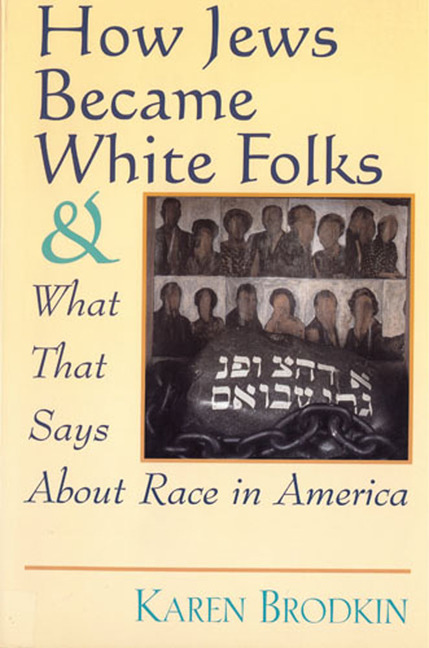Mississippi Black Code (1865)Posted in Articles, History, Law, Media Archive, Mississippi, United States on 2012-08-02 21:41Z by Steven |
America’s Reconstruction: People and Politics After The Civil War
Digital History: using new technologies to enhance teaching and research
2011
The Civil Rights of Freedmen in Mississippi (Approved November 25, 1865)
Section 1. Be it enacted by the legislature of the State of Mississippi, That all freedmen, free Negroes, and mulattoes may sue and be sued, implead and be impleaded in all the courts of law and equity of this state, and may acquire personal property and choses in action, by descent or purchase, any may dispose of the same, in the same manner, and to the same extent that white persons may: Provided that the provisions of this section shall not be so construed as to allow any freedman, free Negro, or mulatto to rent or lease any lands or tenements, except in incorporated town or cities in which places the corporate authorities shall control the same.
Sec. 2. Be it further enacted, That all freedmen, free Negroes, and mulattoes may intermarry with each other, in the same manner and under the same regulations that are provided by law for white persons: Provided, that the clerk of probate shall keep separate records of the same.
Sec. 3. Be it further enacted, That all freedmen, free Negroes, and mulattoes, who do now and have heretofore lived and cohabited together as husband and wife shall be taken and held in law as legally married, and the issue shall be taken and held as legitimate for all purposes. That it shall not be lawful for any freedman, free Negro, or mulatto to intermarry with any white person; nor for any white person to intermarry with any freedman, free Negro, or mulatto; any person who shall so intermarry shall be deemed guilty of felony and, on conviction thereof, shall be confined in the state penitentiary for life; and those shall be deemed freedmen, free Negroes, and mulattoes who are of pure Negro blood, and those descended from a Negro to the third generation inclusive, though one ancestor of each generation may have been a white person…
Read the entire code here.

